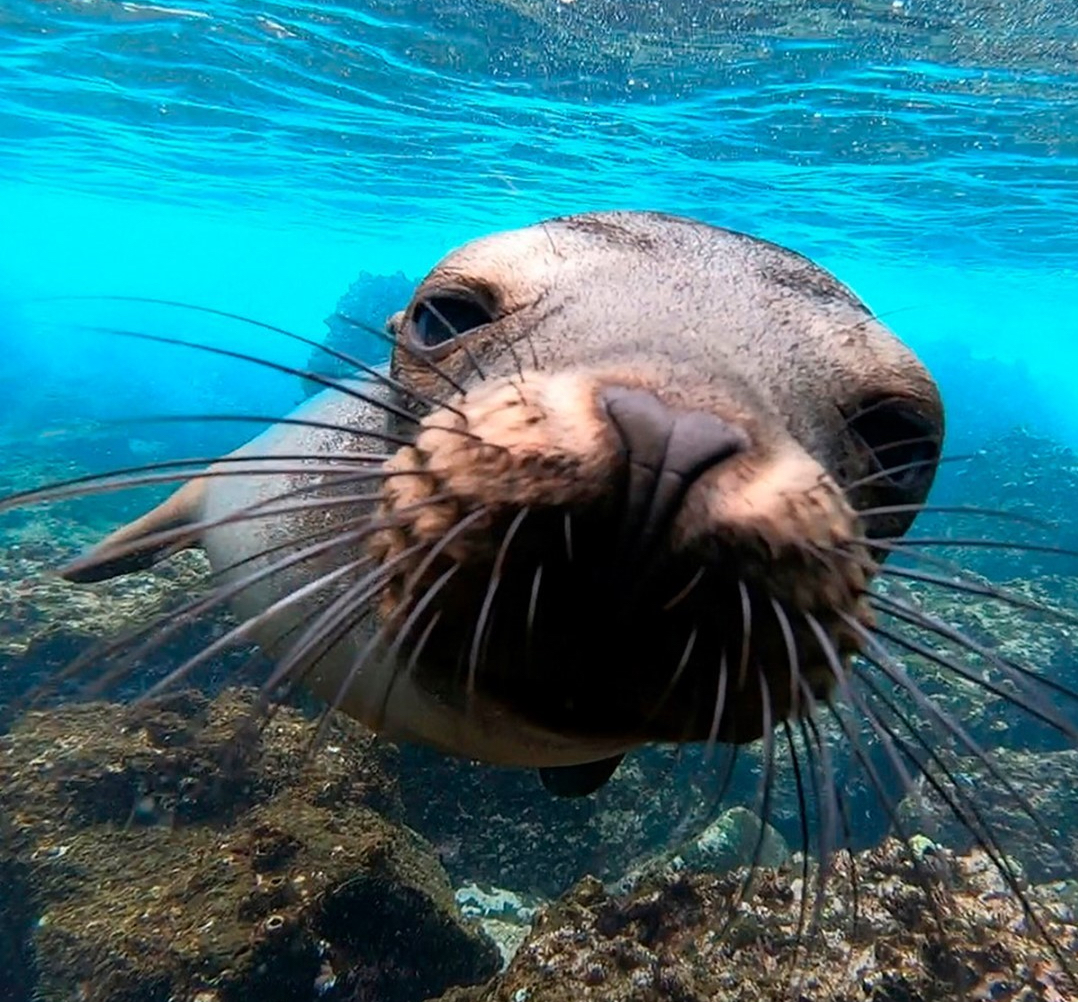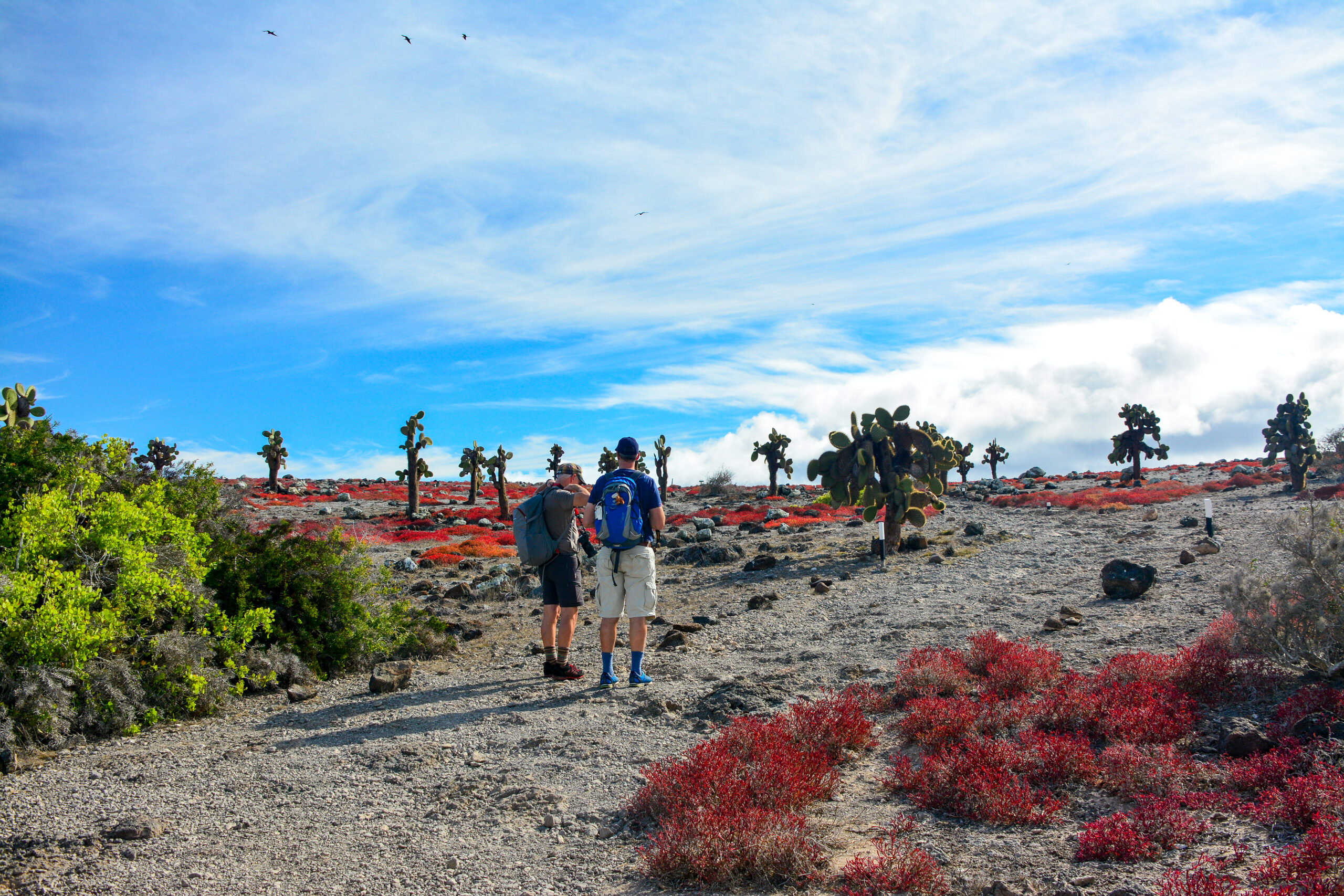Ever Wonder About the Galapagos Islands? Metropolitan Touring has Some Little Known Facts that May Surprise You
Who knew the equatorial archipelago held so many fascinating details
Charles Darwin. Blue-footed Boobies. Untold endemic species relaxed in their natural habitat with no fear of humans. Should the conversation at your next social gathering turn to the Galapagos Islands, such details will get you far – but only so far. Don’t worry: The travel experts at Metropolitan Touring are here to help. The Quito, Ecuador-based adventure tour operator has an abundance of experience leading in ship and land-based explorations of the Galapagos Islands.
How much do travelers really know about the volcanic archipelago stretching across the equator some 500 miles from the coast of Ecuador? Renowned as the petri dish for the theory of evolution, the UNESCO World Heritage Site and Biosphere Reserve is endlessly fascinating, brimming with flora and fauna found nowhere else, much of it easily accessible for observation and even limited interaction. Little wonder the Galapagos Islands holds such a high place on so many travelers’ “Top Ten Must-Do Destinations” lists.
Here are a few fascinating facts to get you started:
- Who knew flora and fauna got to the Galapagos Islands the hard way?Before the arrival of humans, there was only one way for animals and plants to make there way to the barren archipelago – travel 500 miles across the ocean. Mammals, in particular, didn’t have much chance, though a few lucky rats apparently made it about a million years ago. Otherwise, species such as reptiles – now the undisputed kings of Galapagos fauna – were washed out to sea by flash floods on Continental riverbanks or carried by rafts of vegetation as whimsical ocean currents pushed them inevitably – and fortuitously – toward the archipelago. Lucky for contemporary travelers, some of them were pregnant.
- Who knew animals were so good at adapting to life on the Galapagos Islands? A tortoise species that started out little bigger than a human foot gradually grew to the length of a six-year-old child on the Galapagos. A cormorant became flightless as it gained advantage by fishing underwater instead of flying. A single species of finch arrived and adapted so well that today there are 13 species on the islands. And a mutation of land iguana whose offspring turned out to be good swimmers thrived and reproduced resulting in the Marine Iguana, unique to the Galapagos Islands.
- Who knew why Galapagos Island animals are fearless of humans? The archipelago’s animals have no engrained or inherited fear of humans: They look at us neither as predators nor cause for alarm, and they won’t even shuffle out of our way. The main reason is the lack of large predators on the islands – the largest is the endemic Galapagos Hawk, 21 inches beak-to-tail. So, la-di-da! Enjoy the proximity with limits – but be careful not to trip over basking marine iguanas or a Blue Footed Booby’s nest. Metropolitan Touring guides often remind visitors of the 2 yard rule, not applicable when pups approach humans in open curiosity and briefly brush their whiskers along human legs. As some guides say: we cannot touch the wildlife, but often wildlife will touch us. We get along fine the way things are.
- Who knew how the Galapagos Islands were discovered? There’s a lot of open sea between the equatorial archipelago and the South American Continent. So no surprise the Islands were discovered by accident in 1535 when the Spaniard Fray Tomás de Berlanga – a.k.a., the fourth Bishop of Panama – drifted off course in diminished winds while headed to Peru to settle a dispute with the rapacious Francisco Pizarro. (And we all know about him…) The Bishop wasn’t the first to arrive, apparently: In 1952, adventurers including media darling Thor Heyerdahl uncovered the remains of potsherds and other artifacts that suggested visitation by South American peoples.
- Who knew tourism to the Galapagos Islands was inspired by a mistranslation? In the 19th century the Galapagos Islands became the “enchanted isles” thanks someone’s bumbling translation of the Spanish encantadas – “bewitched”. The word found way into tourist brochures and travelers followed. In actuality, the mariners were no fans of the islands, which they saw as black, foreboding and cloaked in garúa (sea mist) half the year, with occasional volcanic eruptions and very few sources of fresh water.
- Who knew why Blue-footed Booby feet are so outrageously blue? Move over, Carrie Bradshaw – the Galapagos Island’s most distinctive seabird has better taste in footwear than you. Fortunately Blue-footed Boobies also have a taste for fish rich in carotenoid pigments that turn their feet dazzling sky blue. Wouldn’t you know, the color is a sexual signal and also indicative of whatever condition males are in, too.
- Who knew Galapagos Islands fauna could be so graceful? Guests of Metropolitan Touring, that’s who. Swim with sea lion pups as they twist and turn and loop-the-loops beneath the waves. Watch tropic birds, pelicans, boobies, lava gulls and storm petrels float on precarious air currents above glinting, silvery seas. Observe dragon-like land iguanas stretched out beneath prickly cacti without concern for the thorn-studded leave above their heads. They won’t care that you’re there, either.

